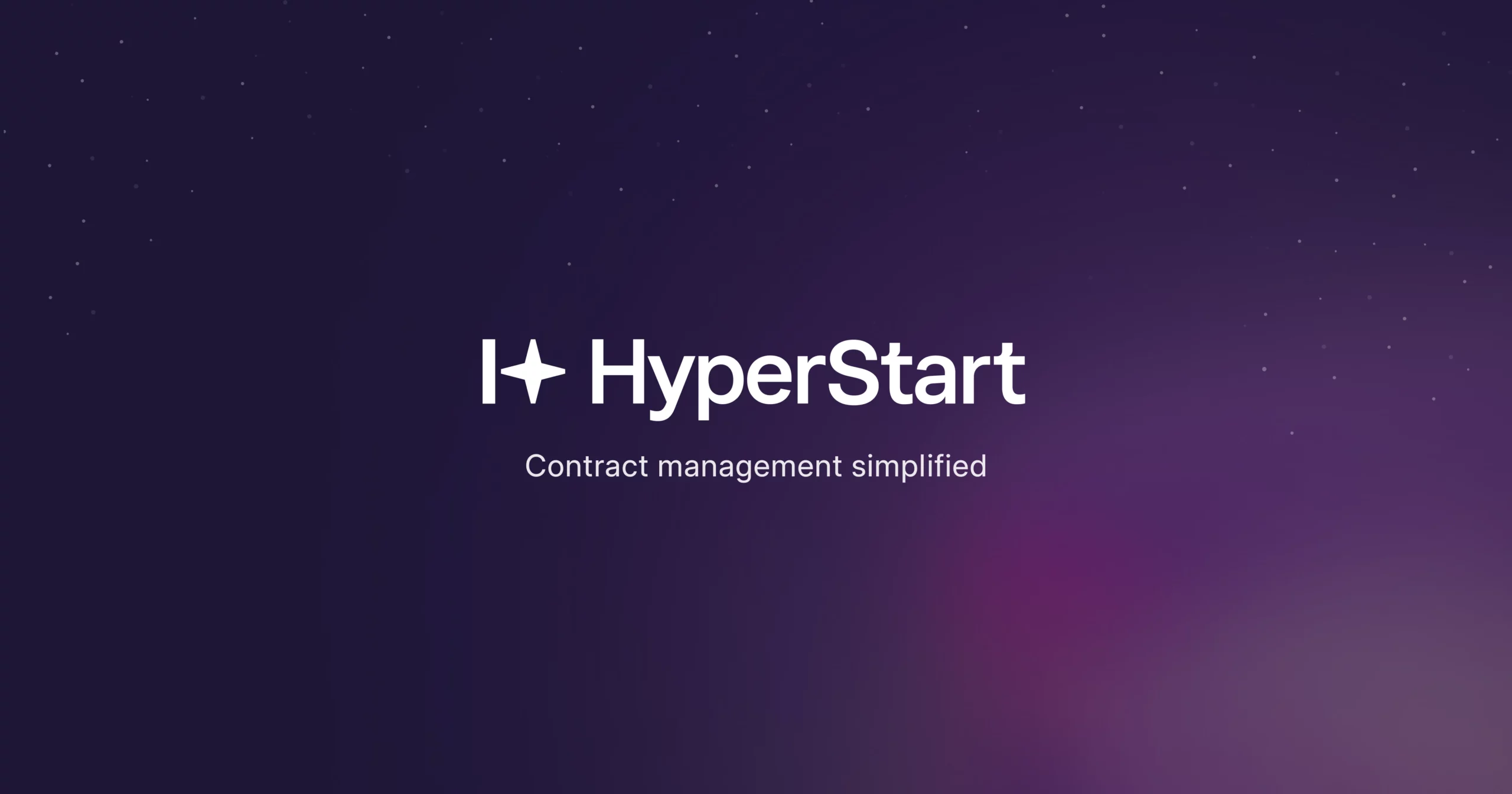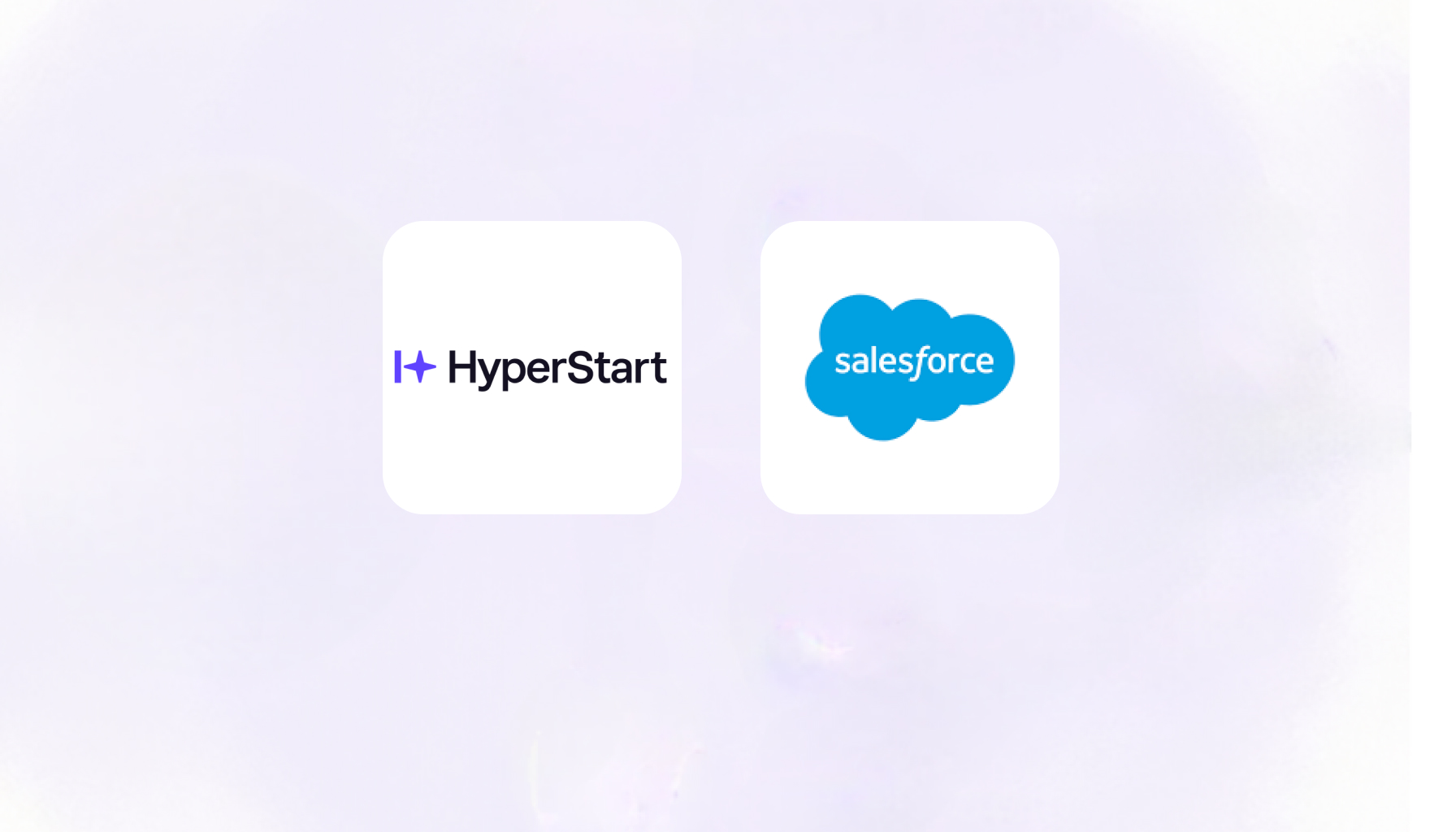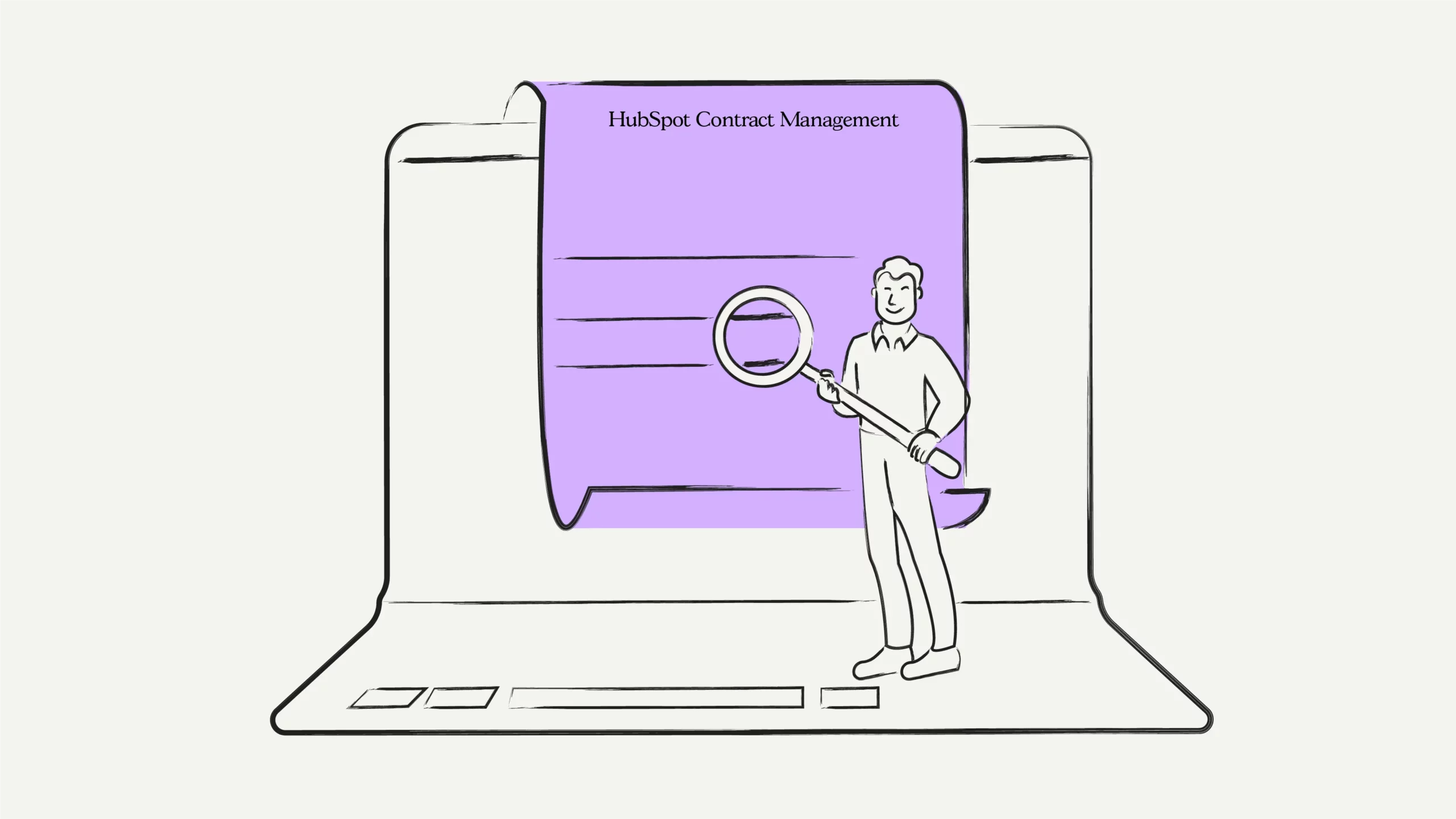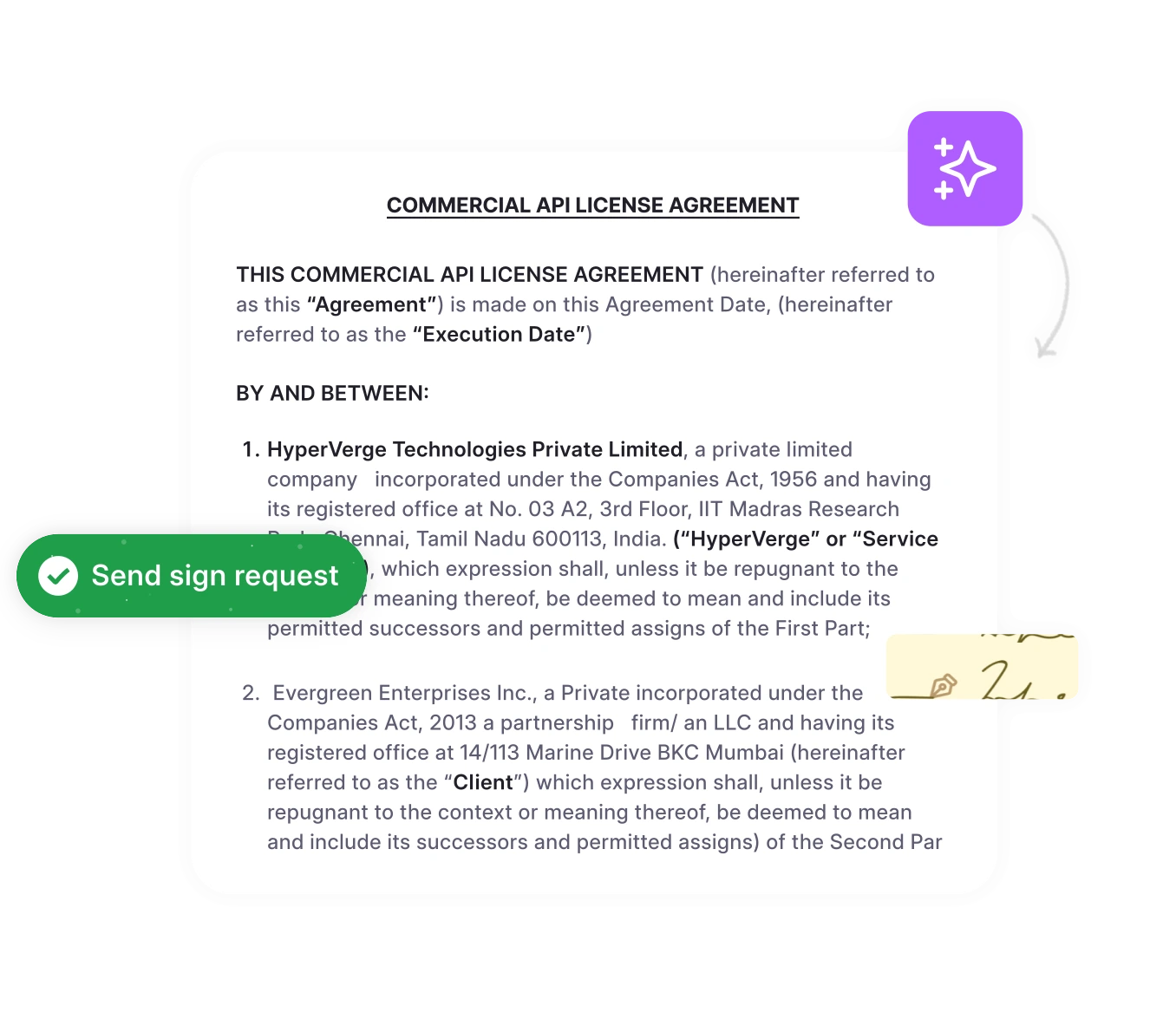If you’ve ever found yourself caught between managing customer relationships and wrestling with contract chaos, you’re experiencing the classic CLM vs CRM dilemma firsthand. While your CRM tracks every customer interaction, it leaves a massive gap when it comes to the contracts that actually close those deals. This is where contract management becomes crucial for bridging the gap.
Your legal teams spend 80% of their time on administrative tasks instead of strategic work. Meanwhile, your sales teams wait weeks for contract approvals while deals stall in the pipeline. This disconnect costs more than just time—it costs revenue.
As commerce grows more complex and interconnected, changes are expected in
CLM and CRM serve fundamentally different purposes, both critical for modern B2B operations. While CRM focuses on nurturing customer relationships and driving sales growth, CLM ensures those relationships are governed adequately through compliant, efficient contract processes.
In this guide, we’ll break down CLM vs CRM, explore where each fits into your business operations, and show how integrating the two can streamline your workflows in 2025.
What is contract lifecycle management?
Contract lifecycle management refers to the end-to-end process of managing contracts throughout their lifecycle from initial request and contract drafting to contract negotiation, approval, execution, performance tracking, renewal, and even contract termination.
Understanding these CLM capabilities becomes crucial when you consider how they address the contract chaos we mentioned earlier. Let’s examine the core features that separate effective contract management from mere document storage.
Key capabilities of CLM platforms
Here’s how modern CLM tools solve the contract chaos that CRMs can’t handle:
| Feature | Description |
| Contract Creation & Template Management | Provides pre-approved, legally vetted templates. Dynamic contract clause libraries and conditional logic allow automated contract drafting based on deal specifics, saving time and reducing errors. |
| Automated Approval Workflows | Routes contracts to the right stakeholders automatically using predefined contract approval workflow rules like value, region, or risk. Sends alerts to reduce delays and improve accountability |
| Version Control & Audit Trails | Tracks every edit, comment, and action, ensuring full compliance and a transparent history for audits, negotiations, and rollback if needed. |
| E-Signature Integration | Integrates with tools like DocuSign and Adobe Sign for secure, instant electronic contract signing, eliminating delays from printing, scanning, or couriering contracts. |
| Centralized Contract Repository | Stores all contracts in a secure, searchable contract repository with filters, tags, and AI-powered clause detection to enable quick access to key terms and obligations |
| Renewal & Obligation Tracking | Sends automated alerts for renewals, expirations, and compliance tasks—reducing risk and helping teams stay proactive on key contract milestones with automated obligation tracking. |
What is customer relationship management?
Customer relationship management is a platform that centralizes and streamlines how your business tracks, engages with, and grows its customer base. CRMs act as the control center for sales, marketing, and service teams to manage customer interactions throughout the buyer journey.
From identifying leads to managing post-sale engagement, CRM tools play a critical role in converting prospects into potential customers.
Core functions of modern CRM systems
While CLM governs contracts, CRM governs customer engagement. Here’s what CRM platforms bring to the table.
| Feature | Description |
| Lead & Opportunity Management | Captures leads from multiple sources, qualifies them using set criteria, and tracks opportunities through the sales funnel—ensuring high-value deals get the attention they deserve. |
| Customer Lifecycle Management | Logs every call, email, meeting, and activity to create a complete customer history. This enables personalized follow-ups and ensures context continuity across teams. |
| Sales Pipeline Visualization | Offers visual tools like Kanban-style boards that show deal stages, highlight bottlenecks, and help teams forecast revenue with greater accuracy. |
| Marketing Automation | Automates targeted campaigns based on behavior, engagement, or lifecycle stage—nurturing leads and supporting customer retention strategies. |
| Customer Service Management | Tracks support tickets, resolution times, and customer satisfaction through service level agreements, ensuring service quality and preventing support issues from harming relationships. |
| Performance Analytics & Reporting | Provides insights into sales performance, customer behavior, and engagement trends to guide strategy and improve results. |
Read also CRM with Contract Management: Benefits & Setup
CLM vs CRM: What sets them apart?
Now that we’ve explored what CLM and CRM systems do individually, the critical question emerges: how do these platforms differ in practice, and why does understanding these differences matter for your business?
| Aspect | CLM (Contract Lifecycle Management) | CRM (Customer Relationship Management) |
| Primary Purpose | Manages the entire contract lifecycle—from creation to renewal or termination. | Manages customer interactions and relationships across sales, marketing, and service. |
| Primary Stakeholder | Legal Counsel Head | Sales VP |
| Core Data Managed | Contract terms, obligations, renewal dates, compliance info, risk metadata. | Customer contact info, engagement history, deal stages, and communication records. |
| Main Goal | Reduce legal risk, enforce compliance, accelerate contract cycles. | Improve customer relationships, boost sales performance, and enhance engagement. |
| Risk & Compliance Handling | Built-in controls, audit trails, obligation tracking, and clause standardization. | Minimal compliance focus, primarily geared toward relationship tracking and sales. |
| Integration Value | Automates contract processes linked to deals, pricing, or terms. | Captures customer context that drives smarter contract negotiations. |
How CLM and CRM support every stage of the customer lifecycle
Both CLM and CRM systems play distinct but complementary roles at each stage of your customer lifecycle, from initial contact to post-sale success.
When CLMs and CRMs play nicely with each other, there’s strategic agility, assured compliance, connected processes, intelligent insight, and enterprise-wide insight.
Here’s how the platforms align across the journey:
| Customer Lifecycle Stage | CRM’s Role | CLM’s Role |
| 1. Awareness & Lead Generation | Captures inbound leads, tracks engagement from ads, forms, events, and emails | Not typically involved at this stage |
| 2. Qualification & Sales Engagement | Scores and qualifies leads, tracks calls and emails, and visualizes the pipeline | Supports RFPs or proposal documentation in regulated industries |
| 3. Negotiation & Deal Closing | Records deal stages and forecasts revenue | Generates compliant contracts, auto-fills key data from CRM, and manages approvals |
| 4. Contract Execution | Updates deal status once signed | Manages e-signature, stores contracts, enforces templates, and tracks changes |
| 5. Onboarding process | Assigns tasks for onboarding, tracks customer satisfaction | Tracks obligation fulfillment, SLAs, renewal dates, and contract milestones |
| 6. Retention, Renewal & Customer Loyalty | Monitors customer health, triggers retention campaigns | Sends alerts for renewals, automates amendment or renewal contract generation |
| 7. Advocacy & Expansion | Tracks upsell/cross-sell opportunities, gathers testimonials | Creates new contract packages tied to expansions, ensuring continuity in legal terms |
CLM vs CRM: Why they fall short independently
Relying solely on your CRM to manage contracts can create significant gaps in compliance, efficiency, and collaboration. Here’s where most CRMs fall short:
1. No built-in contract workflows
CRMs aren’t designed for legal workflows like approvals, escalations, or clause-specific rules. This forces legal teams to manage contracts outside the CRM, slowing down the process.
2. Manual contract generation
Without access to pre-approved templates and fallback clauses, teams may reuse outdated or non-compliant language, created in Word or uploaded manually. Besides the risk of errors, version confusion, and inconsistent formatting, it exposed the business to legal and financial risks.
3. Limited compliance and audit capabilities
Most CRMs don’t offer features like audit trails, obligation tracking, or contract-specific risk analysis, making it harder to meet regulatory and internal compliance standards.
4. No automated alerts for renewals or obligations
CRMs don’t monitor contract dates, renewal windows, or key deliverables, which can lead to missed opportunities, penalties, or lapses in service agreements.
5. Disconnected collaboration across teams
Legal, procurement, and finance teams often work outside the CRM. Without a shared system, communication becomes fragmented, and updates get lost in long email chains.
Already using Salesforce, HubSpot, or Dynamics 365?
Integrate with HyperStart and get both contract and customer management benefits in one unified workflow.
Book a DemoThe benefits of integration: Why CLM + CRM = Business success
Individually, CLM and CRM solutions address unique business processes. CRM strengthens your customer relationships, while CLM ensures those relationships are backed by clear, compliant agreements. But when integrated, these two systems do more than just coexist—they unlock an entirely new level of efficiency, visibility, and strategic alignment across your organization.
Here are the benefits of integration.
1. Seamless data flow between sales and legal
When your CRM and CLM systems are connected, key deal data—like customer information, pricing, and negotiated terms—flows automatically into pre-approved contract templates. This eliminates manual entry, reduces human error, and accelerates the entire contract lifecycle. Sales reps no longer have to copy-paste or retype information while working in harmony with legal teams.
2. Complete visibility into customer-contract history
Integration brings contract visibility directly into the CRM system’s interface. Sales and account managers can view contract status, renewal dates, and legal obligations without switching tools or chasing updates. Legal teams, on the other hand, gain context into each deal—knowing exactly where the contract sits in the sales pipeline and what’s at stake.
3. Accelerated sales cycles with self-service contracting
Sales teams can generate contracts themselves using pre-approved templates tied to CRM opportunities. This self-service approach dramatically cuts down turnaround times, reduces legal workload, and keeps momentum high when a deal is ready to close. Standard agreements move faster, and legal teams can focus on higher-risk contracts that need their expertise.
4. Stronger compliance and risk control
Integrated systems ensure that every contract is created using the latest, approved templates and clauses. Approvals are triggered automatically based on deal value or risk profile—ensuring that legal and sales teams work in harmony without slowing down the process. Contract playbooks are essential for maintaining consistency. Audit trails and contract metadata also sync with CRM records, giving you full traceability across every customer lifecycle management stage.
Common Integration Challenges and Solutions
While CLM-CRM integration delivers significant benefits, organizations often face these challenges:
Challenge 1: Customer Data Mapping Complexity
Solution: Start with core fields (customer info, deal value, key terms) before expanding to custom fields
Challenge 2: User Adoption Across Teams
Solution: Implement phased rollouts with dedicated training for sales and legal teams
Challenge 3: System Compatibility
Solution: Choose CLM software like HyperStart that offers native CRM integrations
Challenge 4: Workflow Disruption During Implementation
Solution: Plan integration during slower business periods and maintain parallel processes during transition
How HyperStart streamlines contract management with CRM integration
HyperStart connects with your existing business tools to create a unified workflow from deal closure to contract execution. Here’s how HyperStart integrates with your current systems to eliminate data silos and accelerate your contract processes.
Core integration capabilities
HyperStart offers connectivity with leading platforms to ensure your contract data stays synchronized across your tech stack:
| Platform | Capabilities |
| Salesforce, Hubspot | Contract repository, Unified contract management, streamlined Access |
| Google Drive | Sync contracts directly from Drive folders |
| Microsoft OneDrive | Import and manage contracts from OneDrive storage |
| Gmail | Track contract-related emails and correspondence |
| Slack | Stay updated on contract progress through notifications |
| Zoho Mail | Centralize contract communications from email accounts |
Getting started with integrations
Setting up integrations in HyperStart is straightforward:
Implementation Timeline: Unlike traditional CLM solutions that take 6+ months to deploy, HyperStart integrations are live in 2-7 days—not weeks or months.
Total Cost of Ownership: CLM + CRM Software Investment
Understanding the true cost of CLM-CRM integration goes beyond software licensing. Consider these factors when evaluating your investment:
Direct Costs:
Hidden Savings:
ROI Timeline: Most organizations see 6-12 month payback from CLM-CRM integration investments.
Conclusion: Transform Contract Chaos Into Competitive Advantage
The choice between CLM and CRM isn’t really a choice at all—successful organizations need both. Your CRM captures every customer interaction, while your CLM ensures those relationships convert into compliant, profitable agreements.
HyperStart’s AI-powered CLM platform integrates seamlessly with your existing CRM, delivering:
Stop letting contract chaos slow your sales velocity. Legal teams deserve better than weekend contract reviews, and sales teams deserve real-time visibility into deal status.
Ready to transform your contract operations?
See how HyperStart’s AI-powered CLM integrates with your existing CRM to accelerate deals and eliminate contract bottlenecks.
Book a Demo











